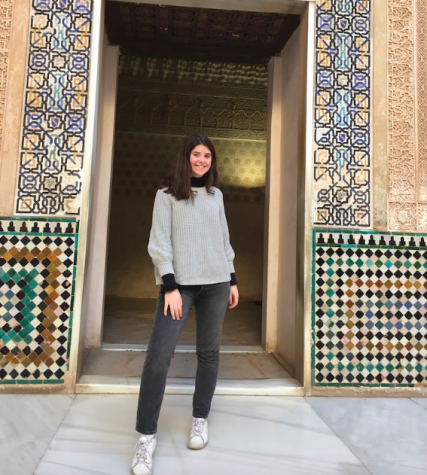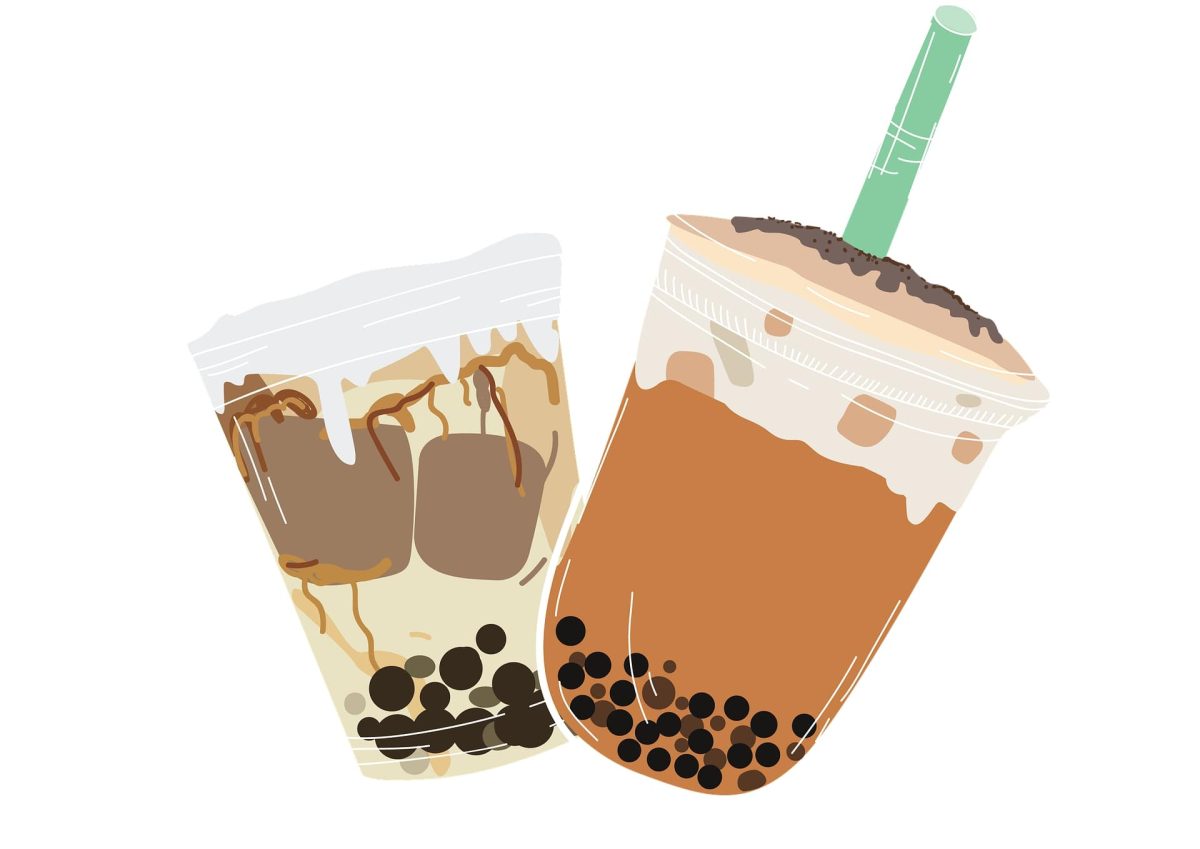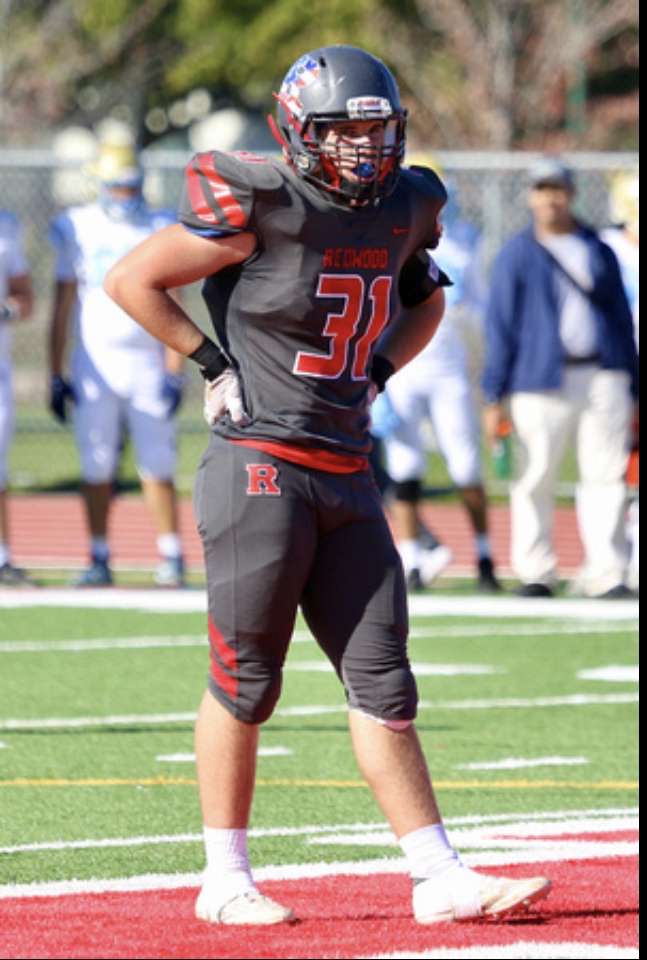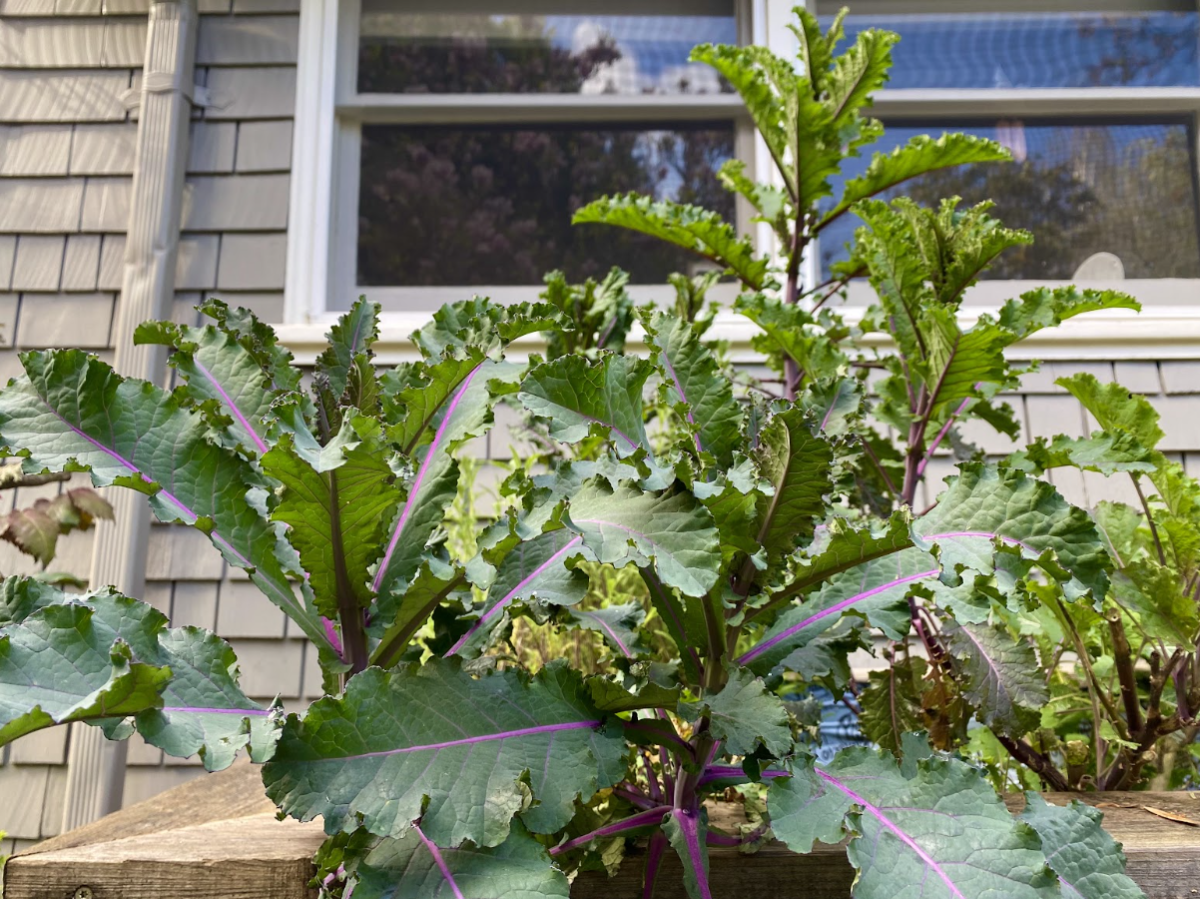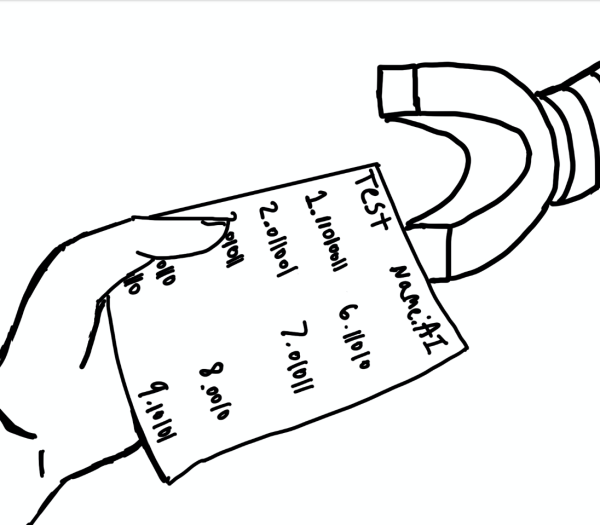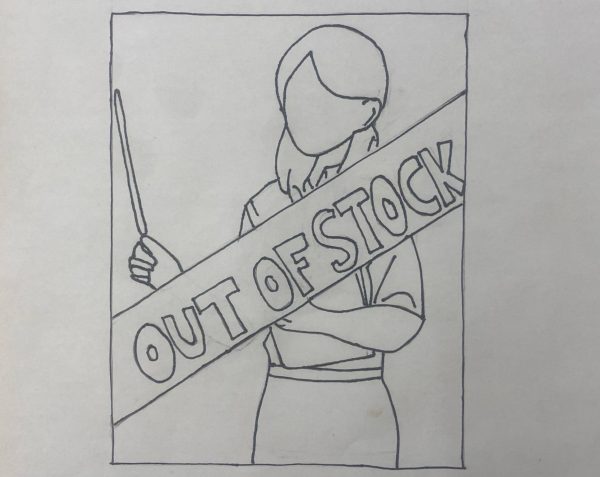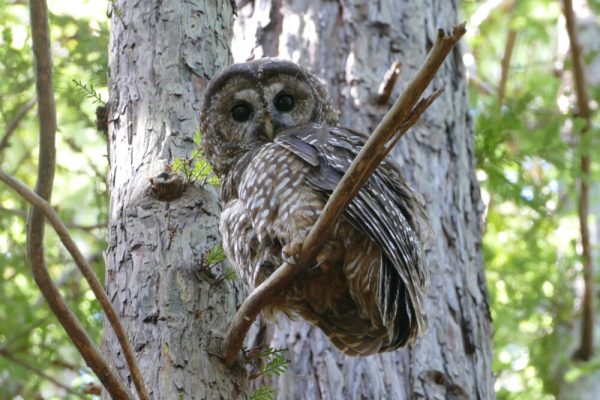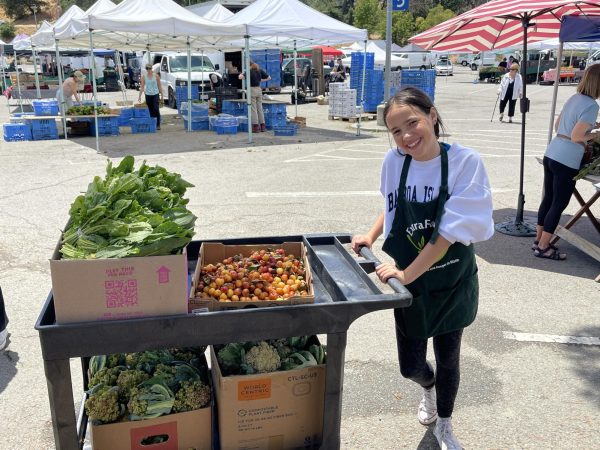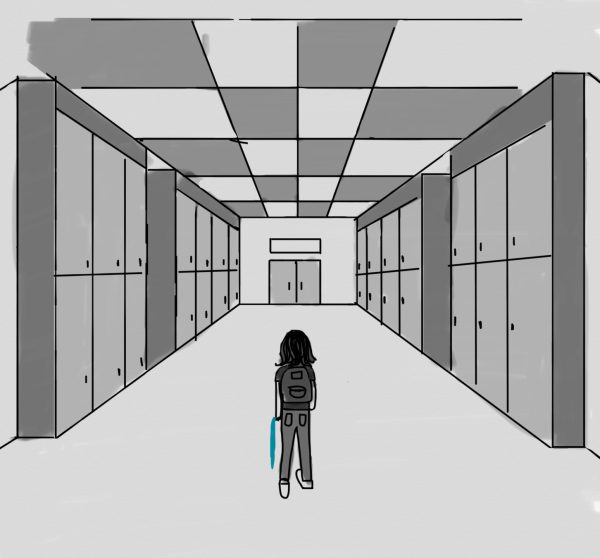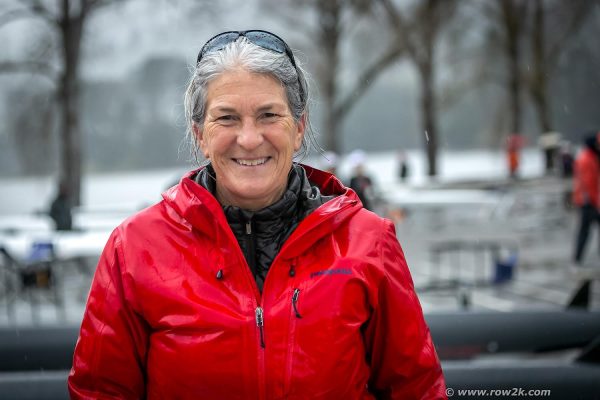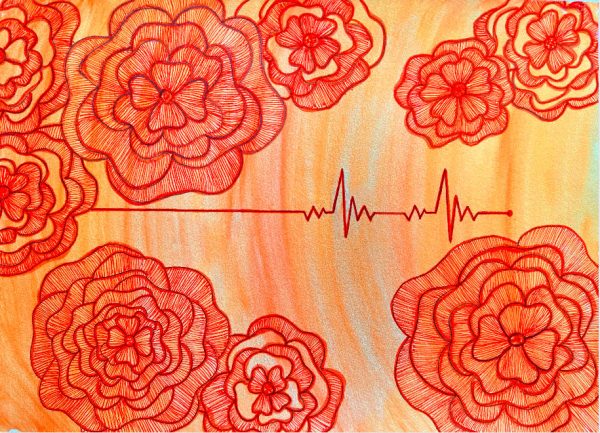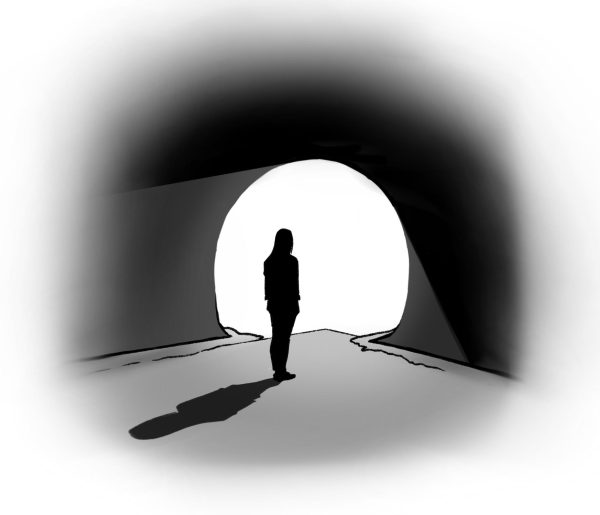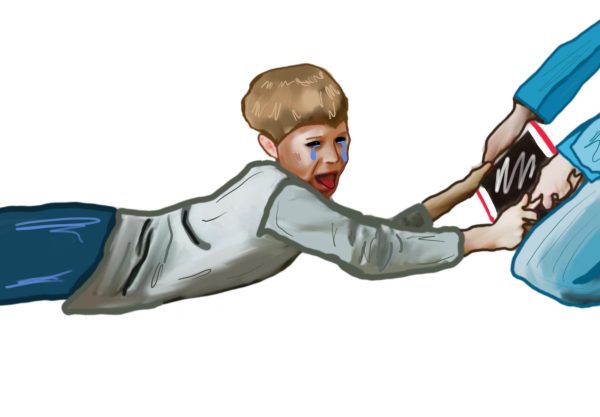A ruff day’s work: Guide Dogs for the Blind
March 21, 2019
What comes to mind when we picture wet noses, furry faces and dirty paws? Dogs: loyal companions for some, sneaky menaces for others. For Guide Dogs for the Blind (GDB), dogs are superheroes that work hard in their community to serve and empower individuals with impaired vision.
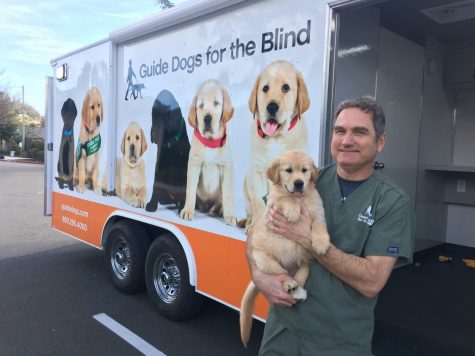
The privately-funded national nonprofit is based in San Rafael, and according to GDB, it is the largest guide dog school in North America.
Barbara Zamost, GDB’s Bay Area and National Peer Resource Representative, is not only enthusiastic about GDB’s success, but also the organization’s ability to change lives.
“Guide Dogs for the Blind empowers lives by creating exceptional partnerships between people, dogs and communities. [GDB] is more than an industry-leading guide dog school; it is a passionate community that serves people who are visually impaired,” Zamost said in an email interview.
GDB’s work is depicted in the new documentary, “Pick of the Litter,” which gives viewers deeper insight into what GDB does for the community beyond what is observed on the surface.
“Guide Dogs for the Blind provides Bay Area residents, and people in other parts of the U.S. and Canada, with a highly trained guide dog, who helps them not only stay safe but provides a unique level of trust that allows [visually impaired individuals] to be more independent and lead fuller lives,” Zamost said.
There are many opportunities for individuals to volunteer with GDB, including foster care and working on GDB’s San Rafael campus. According to Zamost, similar to fostering a dog, puppy raisers play an important role in GDB.
“[Our volunteers] are invaluable in ensuring our puppies get the foundation they need to become guide dogs. It is the [puppy raiser’s] role to teach the dogs good behavior and basic obedience, house manners as well as provide a rich array of socialization experiences including public transportation, going to the movies, etc. We wouldn’t be able to provide this range of experiences on campus [without our volunteers],” Zamost said.
One GDB volunteer is sophomore Jake Noguerio as he and his family have been puppy raisers for GDB since 2014, having taken care of four dogs during that time. According to Noguerio, it is his family’s job to rigorously train puppies to prepare them for an evaluation they take when they are 16 months old, which they have to pass in order to enter formal guide dog training.
“[GDB] has rules. You can’t play fetch, because if they’re guiding a blind person and see a ball, you don’t want them running after the ball. But it’s just like having a normal pet. We go to meetings every other weekend and do special things, like we have to walk with them and feed them certain ways so they get used to that,” Noguerio said.
As depicted in “Pick of the Litter,” only the most well-trained dogs will make the cut and become guide dogs for GDB. Dogs that do not pass their evaluation are labeled as ‘career-changed’ and go on to serve other roles in the community such as Dogs for Diabetics or Autism Assistance Dogs.
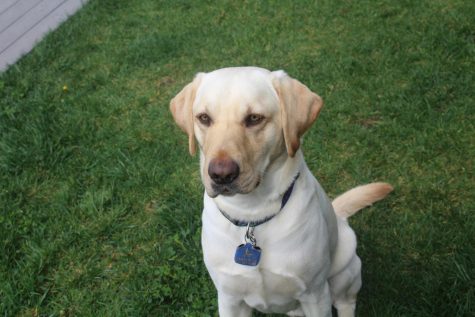
“Our standards are very high, and some dogs do not make it all the way through the program because of specific behaviors that do not work when helping a person who is visually impaired. For example, a dog might be easily distracted and chase birds,” Zamost said. “Many of these dogs go on to have different career paths and help people in communities in a wide variety of ways in service roles.”
Many of the dogs that go to serve other roles become certified therapy dogs due to their calm temperament, which is what Redwood parent Emily Janowsky did with two of her breeding dogs. As a breeding custodian for GDB, Janowsky takes care of dogs that breed for the organization’s future litters. Although her dogs are not guide dogs themselves, breeding is still an important role for GDB, and they have played additional roles within the community. Her family has owned two male sire dogs, formerly Lucio and now Rocket.
“A lot [of dogs] become certified therapy dogs. So that’s what we did with Lucio, even though he was still a breeder, and then our new dog, Rocket. I take him to Hall [to work with students], but I really want to take him to Redwood [too],” Janowsky said. “I’ve seen what a difference the dogs make in the schools, like at Hall, with kids who are anxious or having a bad day, and they come over and pet the dog for three minutes and they’re smiling and walk away so happy.”
Noguerio adds that while they only take care of their puppies for around a year and a half— much less time than breeder custodians will have the dog for—their family forms a strong connection with the dogs to the point where they feel like an ordinary pet.
“We keep in touch with the [blind] person and we get to see them grow still, even after we don’t have them,” Noguerio said. “I’m planning on raising our next one, just [by myself], and then seeing how that goes. It’s really fun because you get to have a relationship with the dogs and then you get to see them grow up and do something. They’re not just sitting at home all day; they get to go and actually help someone.”
Janowsky added that while being a breeder custodian is technically a service to GDB, both of her dogs have brought a lot of pride to their family and are fully considered part of their family.
“Having the dog for my [sons], I just feel like there’s not such a huge service element to it, but I think they feel kind of proud of what their dog’s doing. They’re like, ‘He’s our pet, and yet, he’s doing a really important job,’” Janowsky said.
If you are interested in volunteering for or learning more about Guide Dogs for the Blind, please visit: https://www.guidedogs.com/support-gdb/volunteer

